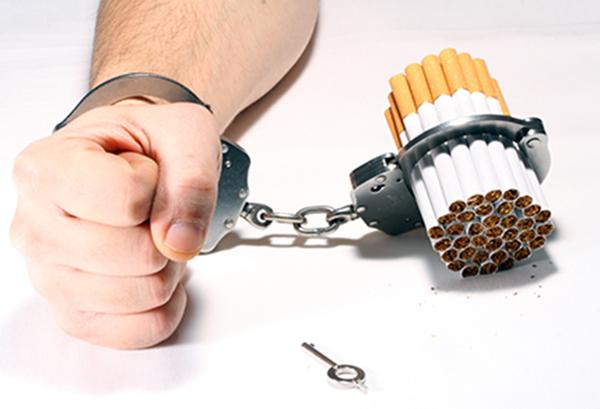You are here
Teen hookah users run risk of heart disease, poisoning
By Reuters - Mar 13,2019 - Last updated at Mar 13,2019

Photo courtesy of healthykidstoday.org
A growing number of teens and young adults are using hookah, or water pipes, and many of them may be under the mistaken impression that it is risk-free and non-addictive, US heart doctors warn.
In a new policy statement, the American Heart Association (AHA) warns that hookah use is gaining in popularity among young people, aided by the marketing of flavoured tobacco as well as social media marketing targeted to teens and young adults. The trend is troubling because even though teens may perceive hookah as harmless, there is mounting evidence that it affects heart rate, blood pressure and blood vessel function even with short-term use, the AHA notes.
“There is clear evidence that hookah smoking has significant cardiovascular effects and that could result in exposure to toxic chemicals at concentrations even higher than those in cigarettes,” said lead author of the AHA statement Aruni Bhatnagar, director of the AHA Tobacco Regulation Centre and a professor at the University of Louisville in Kentucky.
“There is also evidence to suggest that even intermittent use of hookah can be addictive and hookah smoking could be a catalyst for the use of other nicotine product use, particularly cigarette smoking,” Bhatnagar said by e-mail.
Based on this evidence, parents should make sure teens understand the risks of hookah use, Bhatnagar advised. And doctors who treat adolescents and young adults should ask about it at every checkup and make sure these patients understand hookah can be addictive and cause health problems down the line.
An estimated 4.3 per cent of all US adults have used hookah at least once, researchers report in the AHA statement in “Circulation”.
Hookah is far more common among younger adults, however, with 13.6 per cent of people ages 18 to 24 reporting at least occasional use.
Young adults account for about 56 per cent of hookah users nationwide, according to the AHA statement.
Most users believe hookah is less harmful than cigarettes, with a low probability of addiction, the AHA notes. While it may not have the same health effects of cigarettes, addiction is certainly possible with hookah after even short-term use.
A separate study in the “Journal of Adolescent Health” highlights one risk of hookah that may not be apparent to teens: the potential for carbon monoxide poisoning.
In this study, researchers examined data on hookah incidents reported to poison control centres between 2001 and 2017. They found 276 poisonings involving hookah, most involving children, teens and young adults.
Carbon monoxide is produced by burning of charcoal and heating tobacco, said lead study author Brian Rostron of the Centre for Tobacco Products at the US Food and Drug Administration in Calverton, Maryland.
“People can be exposed through inhaling hookah smoke or through secondhand exposure,” Rostron said by e-mail. “Carbon monoxide exposure can lead to effects such as dizziness, nausea, vomiting, seizures and even death.”
These risks may occur even with occasional use, which is common with young hookah users, said Benjamin Chaffee of the Centre for Tobacco Control Research and Education at the University of California, San Francisco.
“Just one session of hookah smoking can result in breathing in very high levels of some really noxious chemicals,” Chaffee, who was not involved in the study, said by e-mail.
Breathing carbon monoxide impairs the ability of the blood to carry oxygen, which can be a serious problem even with occasional use, Chaffee noted.
“The burning charcoal produces a great deal of carbon monoxide and polyaromatic hydrocarbons, and levels can easily exceed those in cigarette smoke,” Chaffee said. “There is also a great deal of second hand smoke in a hookah bar or lounge.”
Related Articles
AMMAN — Hajar Kaakani, who turns 90 in January 2020, still remembers her first puff at the age of 18.“I was in Jericho at the time, and a pa
Teen smokers might crave nicotine in part because their brains respond differently than adults to seeing people light up, a small stud
Most Americans do not grasp that the chemicals produced by burning a cigarette are more harmful than the manufacturer’s additives that cigar



















